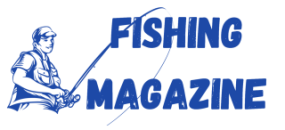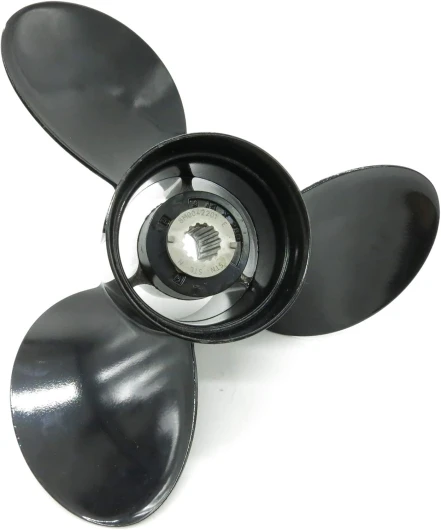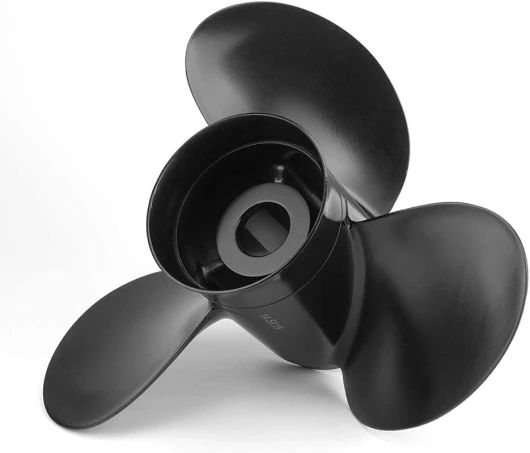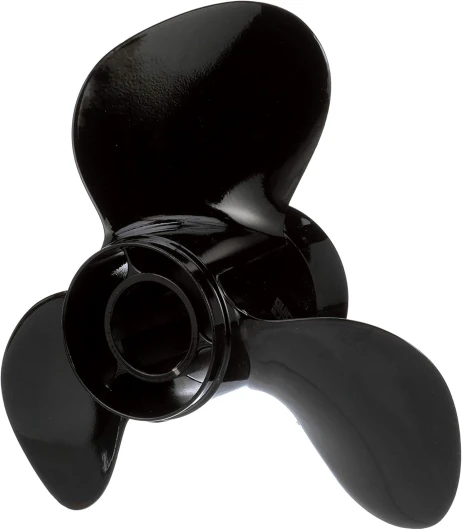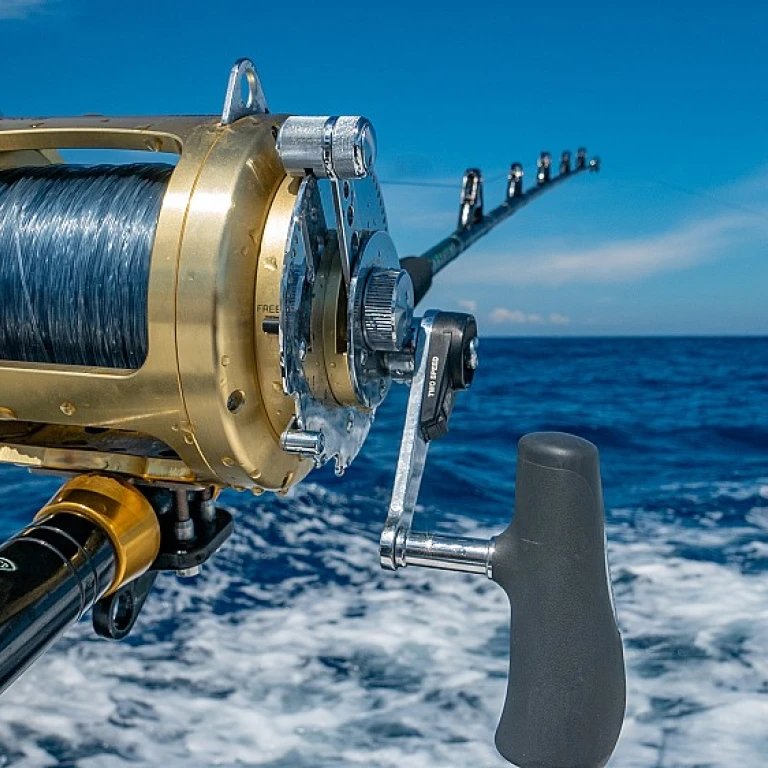Understanding Propeller Pitch
Grasping the Concept of Propeller Pitch
Understanding what propeller pitch is can dramatically influence your overall boating experience, especially when it comes to optimizing the performance of your boat's engine. Propeller pitch essentially refers to the theoretical distance a propeller would move in one complete revolution if there was no slippage. This is akin to how the threads on a screw determine how far it moves forward when turned. When discussing propellers, the pitch works in tandem with other elements like the blade number and diameter, which can affect your boat's Top speed and RPM. For high-altitude environments, you'll find that sea level performance indicators might not apply, as the thinner air and lower pressure at these elevations can impact engine rpm levels and require a different prop pitch for optimal results. A lower pitch prop may allow the engine to reach a higher rpm range quicker, which can be crucial in areas of high elevation where air resistance is less. Conversely, a higher pitch propeller should theoretically move the boat faster through the water but would require a powerful engine to reach the desired propeller speed. Thus, understanding and choosing the appropriate pitch for your specific conditions does not only improve efficiency but can also affect fuel consumption and engine wear. A visit to a prop shop or a discussion on thread starter forums might prove beneficial, as you'll encounter expert tips for prop selection based on your boat's engine, desired performance, and typical water conditions. As you delve deeper into the intricacies of propeller selection, considering factors like stainless steel blades versus aluminum props can also make a significant difference in achieving the desired outcome on water.The Impact of Altitude on Boat Performance
How Altitude Affects Your Boating Experience
Boating enthusiasts often find themselves drawn to picturesque high-altitude lakes and waterways. However, they may not immediately realize the impact elevation has on boat performance. Unlike sea level excursions, altitude affects various engine metrics, including propeller pitch and engine RPM.
At higher altitudes, the air is less dense, which means engines lose power. This directly impacts the performance of the boat. As you ascend to higher elevation waters, your engine's ability to produce power decreases, thus affecting overall speed. An engine that operates efficiently at sea level might struggle to reach optimal RPM levels at high altitudes.
Furthermore, the density of water does not change significantly with altitude, but the engine's capability to harness it does. This phenomenon means your propeller, often called "props" for short, needs to compensate for the reduced engine output. Choosing the correct prop pitch becomes crucial. A pitch prop that performs well at sea level might not be as effective or efficient at a higher altitude setting.
Adjusting propeller pitch, prop diameter, and optimizing the blade configuration might be necessary when boating at a high elevation. Whether considering a stainless steel prop for durability or different blade pitches, the key remains to enable your prop engine to be in its optimal RPM range for the environment you're navigating.
Understanding the implications of altitude on boating performance is essential. It ensures not only safety but also enjoyment. By refining the prop selection, you can mitigate the performance discrepancies experienced between sea level and high-altitude boating conditions.
Higher vs. Lower Pitch Propellers
Comparing High and Low Propeller Pitches
When choosing the right propeller pitch for your boating needs, especially at high altitude, understanding the difference between higher and lower pitch propellers is crucial. A propeller with a higher pitch moves the boat forward more with each rotation. This is beneficial for achieving greater top speed, which can be advantageous at sea level where air is denser and the engine receives more oxygen for combustion. However, at high altitudes, where the air is thinner, the engine might struggle to achieve optimal performance with a high pitch due to reduced engine RPM. The engine may not generate enough power, leading to reduced speed and potentially overloading the engine. On the other hand, a lower pitch propeller allows for quicker acceleration and achieves higher engine RPMs, which can be beneficial when operating in conditions where the engine may otherwise be underpowered, such as at high elevation. At higher altitudes, where the air and water are less dense, a lower pitch can help the engine maintain its power curve, offering better performance and maneuverability. When making a prop selection, consider the following:- Boat and engine type: Different engines and boats react differently to changes in pitch. Know your equipment and its performance characteristics.
- Altitude performance needs: If you primarily boat at high altitude, focus on props that enhance capability in thin air.
- Water conditions: Adjust pitch selections based on frequent boating environments—from calm lakes to turbulent sea.
Selecting the Right Propeller for Your Boat
How to Choose the Right Propeller for Your Boat
Finding the perfect prop for your boat requires a careful look at several key factors. While understanding the general concept of propeller pitch is important, there's much more to it when you're preparing for high-altitude boating. Let's dive into what you need to pay close attention to.
First, consider the engine rpm range. This will be impacted by the prop pitch you select. For high elevation boating, you may find your engine struggling to reach its optimal rpm level due to thinner air. To compensate, a lower prop pitch might be recommended. By reducing resistance, the engine can achieve higher rpm, maintaining efficient performance even at altitude.
Next, think about the diameter and blade style. A prop with a larger diameter can push more water, which helps if you often find yourself in choppy conditions. However, at high altitudes, pairing a larger diameter with a lower pitch can give you the best of both worlds — power and speed. Stainless steel props are a robust choice, ensuring durability and consistent performance.
Consider the type of water you will primarily be navigating. Freshwater and saltwater conditions can affect how props perform, particularly when joined with the challenge of high altitude. Analyze the sea level conditions where you frequently boat, and adjust your selection accordingly.
Lastly, remember that prop selection is not just about top speed. It's about balancing speed with efficiency and control. Attention to details like pitch and diameter ensures your engine operates within its best performance range, extending its life and ensuring a seamless boating experience.
Proper understanding of the propellers' pitch, diameter, and the impact of altitude on boat performance is crucial. Consult with a prop shop if needed, and explore real-world examples to guide your decisions. Needless to say, the right prop will make your boating adventures much more rewarding.
Real-World Examples and Case Studies
Real-World Experiences: Seeing Propellers in Action
When tackling the practical implications of propeller pitch, it's illuminating to dive into real-world scenarios. Many boating enthusiasts and experts share insights based on their personal encounters with various prop and pitch selections. Consider a top speed enthusiast who frequently curates experiences in both sea level and high altitude waters. Applying a higher pitch propeller during a high elevation boating trip, they observed that the engine rpm range was significantly less optimal compared to using a lower pitch. This adjustment undeniably boosted their prop selection game, especially when shifting between different altitude levels. In another scenario, a recreational boat owner experimenting with stainless steel props discovered the importance of prop diameter alongside pitch. They found out that accentuating the pitch prop to fit their boat and engine at sea level required a different approach compared to water at high altitudes. The performance changes were quite apparent when the prop was fine-tuned in accordance with the blade pitch. An interesting case study shared by a prop shop involves a thread starter who questioned the necessity of adjusting the prop pitch based on altitude. The engine showed varied performance metrics once the pitch propeller was customized. By focusing on the diameter pitch and understanding the rpm at different water levels, their vessel’s speed improved, thereby optimizing overall boat performance. These experiences are invaluable for those making prop selections while considering the combined impact of engine stroke, water conditions, and levels of performance expected at various elevations. Observations like these, backed by expertise, enhance our comprehension of how propeller parameters influence targeted outcomes such as enhanced speed and engine efficiency. Accordingly, they guide informed decision-making for boat owners yearning for exceptional performance on the water.Expert Tips for Optimizing Performance
Professional Tips for Enhancing Your Boating Experience
When it comes to optimizing your boat's performance at high altitudes, having the right prop is essential. A proper balance between engine rpm and propeller pitch can significantly influence performance, ensuring you maintain optimal speed and efficiency.- Understand Your RPM Range: The engine's rpm range tops the priority list. At high altitudes, your boat may struggle to reach the recommended rpm level. A pitch prop adjustment can help ensure the engine operates within the desired range, optimizing performance.
- Consider the Propeller Material: Stainless steel props offer durability and a thinner blade design, which can enhance performance in high-altitude waters. While they may be pricier than aluminum options, the investment could be worthwhile for serious boating enthusiasts.
- Blade Design Matters: Propeller blades significantly impact boat speed and overall performance. Thinner blades may provide better grip and allow the engine to run at higher rpms, essential for navigating high-elevation waters.
- Consult a Prop Shop: Visiting a knowledgeable prop shop can help with prop selection. Professionals can recommend the best diameter pitch for your needs, offer insights on prop selection at different altitudes, and guide you on adjusting prop pitch for the best results.
- Test and Adapt: Trial and error is part of the process. Test different prop configurations, taking notes of performance variations at different altitudes. Adjusting as necessary will help you find the perfect prop boat match for both sea level and elevated lakes.
